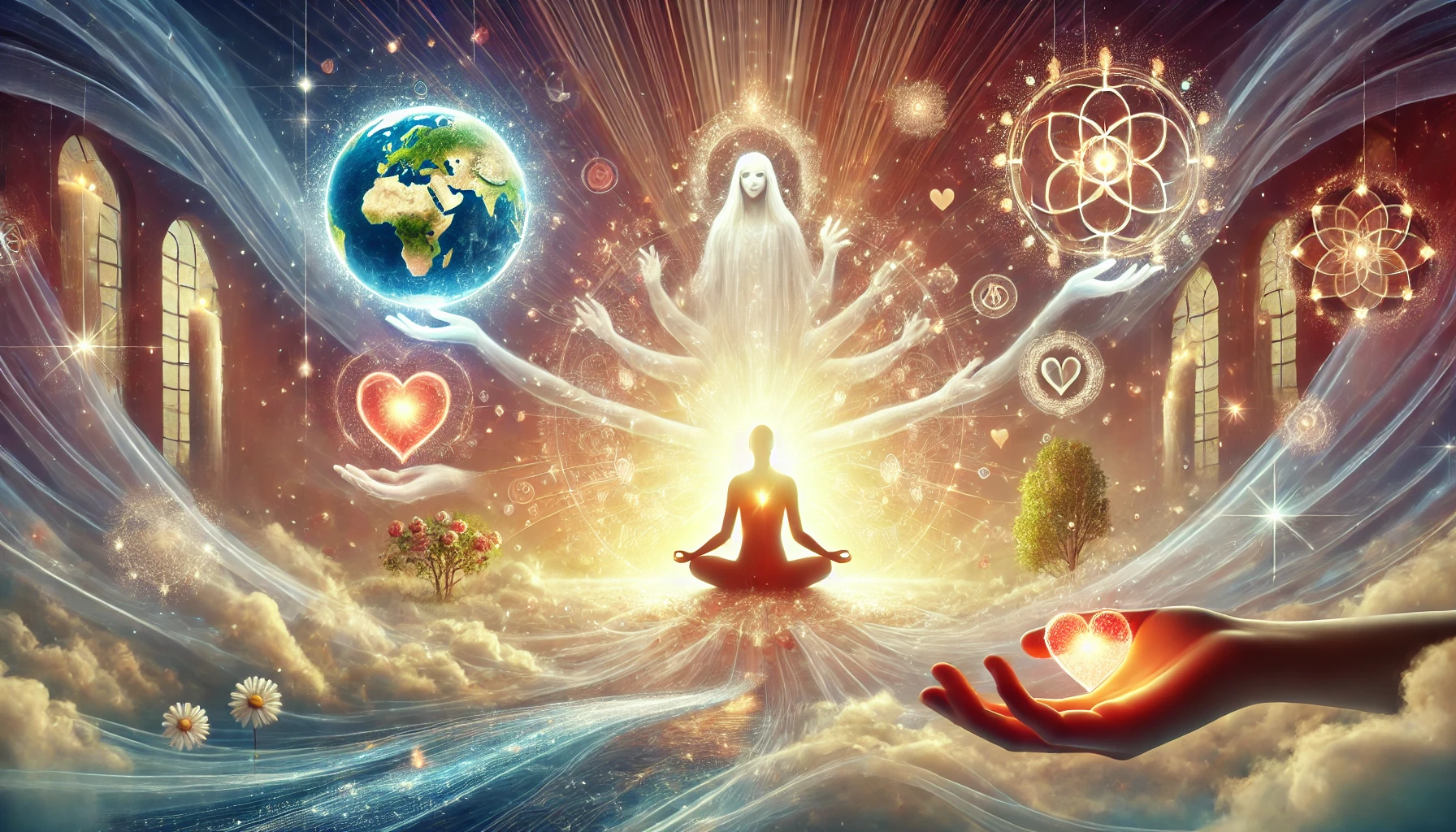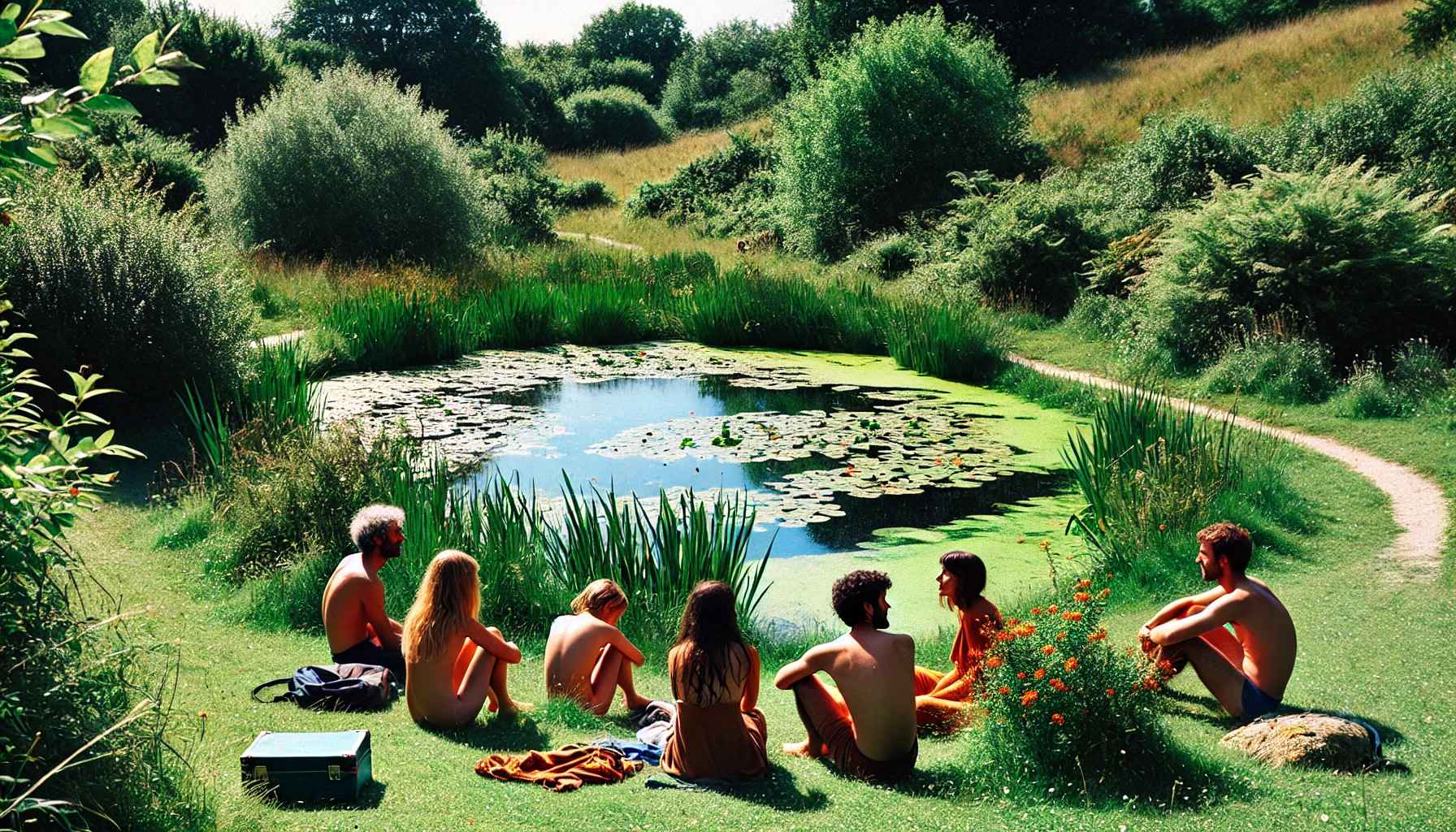Breaking the Chains: Embracing the Feminine Side of Masculinity
In today’s society, men are often trapped in a box of rigid expectations, confined by outdated stereotypes of masculinity. Vulnerability, softness, and creativity—traits associated with the feminine—are shunned in favor of stoicism, aggression, and dominance. This imbalance isn’t just stifling; it’s dangerous. It has contributed to a silent crisis of mental health issues, emotional repression, and tragically, alarmingly high rates of suicide among men.
It’s time to challenge this narrative and embrace a new understanding: masculinity and femininity are not rigid, binary constructs tied to gender. Instead, they are energies we all possess, and true authenticity comes from balancing these energies, not denying them.
The Balance of Masculine and Feminine Energies
Every person, regardless of gender, carries both masculine and feminine energies. Masculine energy embodies traits like action, logic, and assertiveness, while feminine energy represents intuition, compassion, and creativity. Together, these energies create harmony and wholeness within us.
Yet, societal norms have conditioned men to suppress their feminine side. Why? Because expressing it has been unfairly stigmatized, often equated with weakness or even questioned sexuality. Men fear ridicule, rejection, or being labeled in ways that diminish their value. But the truth is this: embracing the feminine within not only enhances a man’s authenticity but strengthens his masculinity.
Why This Imbalance Matters
The suppression of feminine energy in men comes at a cost. Emotional repression leads to a lack of connection—both with oneself and with others. It perpetuates mental health struggles, creating a culture where men feel unable to express vulnerability or seek help.
According to research, men are disproportionately affected by mental health challenges, often stemming from the societal expectation to "man up" and hide their emotions. These pressures can lead to isolation, depression, and in extreme cases, suicide. By denying men the space to explore their full selves, society is cutting them off from vital emotional tools that could foster resilience and well-being.
Meanwhile, women have largely been granted the freedom to explore their masculine traits without fear of societal judgment. Women can confidently step into leadership roles, assert their opinions, and take charge, often celebrated for doing so. But when men explore their feminine energy—expressing care, empathy, or creativity—they face ridicule. This double standard is a fundamental imbalance that needs to change.
The Power of Authenticity
True strength lies in authenticity. When men embrace their feminine side, they become more complete individuals. Vulnerability and empathy bolster relationships. Creativity and intuition inspire innovation. By integrating both energies, men gain the freedom to live authentically, without the burden of conforming to narrow definitions of masculinity.
Balancing these energies doesn’t diminish a man’s masculinity; it enhances it. A man who can confidently express his emotions, nurture his relationships, and tap into his creative side is truly powerful. He leads not from fear or dominance, but from a place of understanding and connection.
A Call to Action
Society must do better. We need to create spaces where men feel safe to express their feminine energy without judgment. This change starts with conversations—at home, in schools, and in workplaces—that challenge stereotypes and promote emotional intelligence.
Men can lead by example. Embrace vulnerability. Share your stories. Wear what makes you feel confident. Dance, create, and express yourself authentically. By showing the world what it looks like to be fully human, you inspire others to do the same.
For those supporting men in their journey, encourage and validate them. Celebrate their authenticity. Remind them that there is strength in vulnerability and beauty in balance.
The Path Forward
The road to change is long, but it’s one worth traveling. By breaking free from the chains of societal expectations, men can rediscover their true selves. Masculine and feminine are not opposing forces; they are complementary energies that, when balanced, create a life of harmony and fulfillment.
Together, we can build a society that values authenticity over conformity, expression over repression, and love over fear. Let’s create a world where men are free to embrace their whole selves—masculine, feminine, and everything in between.





